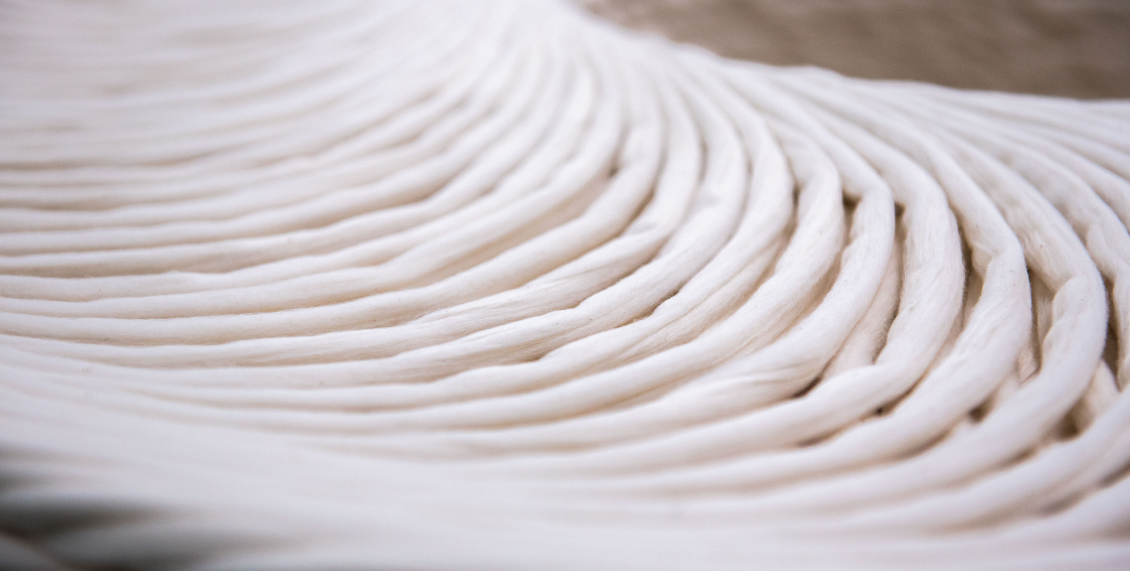


You probably hear a lot about sheet thread count, and there is a lot of misinformation out there about it. We often are asked why we don’t make 1000 thread count sheets. This is because most people believe that high thread count sheets are the best quality, but the truth is a little more complex. In fact, thread count is only a part of the quality equation. We’ve gathered all of the details for you, so you’ll be able to separate truth from myth.
We've got to let you in on a little secret. A higher thread count doesn’t always mean good quality bedding. The truth is, thread count has been given hugely exaggerated importance in the world of bedding. Let’s face it, piles of plastic wrapped sheets all look the same. Over time, retailers and manufacturers have increasingly used high thread counts as an indicator of better quality. However, whilst thread count is a very convenient marketing tool, it really isn’t the determiner of quality that we’ve all been led to believe.

Thread count is the number of horizontal and vertical threads in 1 square inch of woven cotton.
The quality of the product depends directly on the weaving process and the quality of the yarn used.
No, probably not. Anything with a thread count nearing (or above) 1000 thread count is almost certain to be significantly lower quality than sheets with a more reasonable number. Most fabrics with a thread count over 600 are a sign of deceptive marketing tactics at work.
FIBRE CONTENT
FIBRE CONTENT

FIBRE PROCESSING
FIBRE PROCESSING
CERTIFICATIONS
CERTIFICATIONS


The combination of cheaper, weaker cotton with multiple plys creates thick, dense sheets that suffocate the airflow around you while you sleep. This steady movement of air is what allows good sheets and bedding to keep you at the perfect temperature for a comfortable sleep. When that airflow is constricted, it adversely affects your body temperature, and causes you to overheat. Instead of restful sleep, you shift and move all night, trying to get comfortable. Additionally, the cheaper cotton will pill heavily on the sleeping surface. This creates a scratchy, abrasive sheet that irritates the skin. Who wants that?